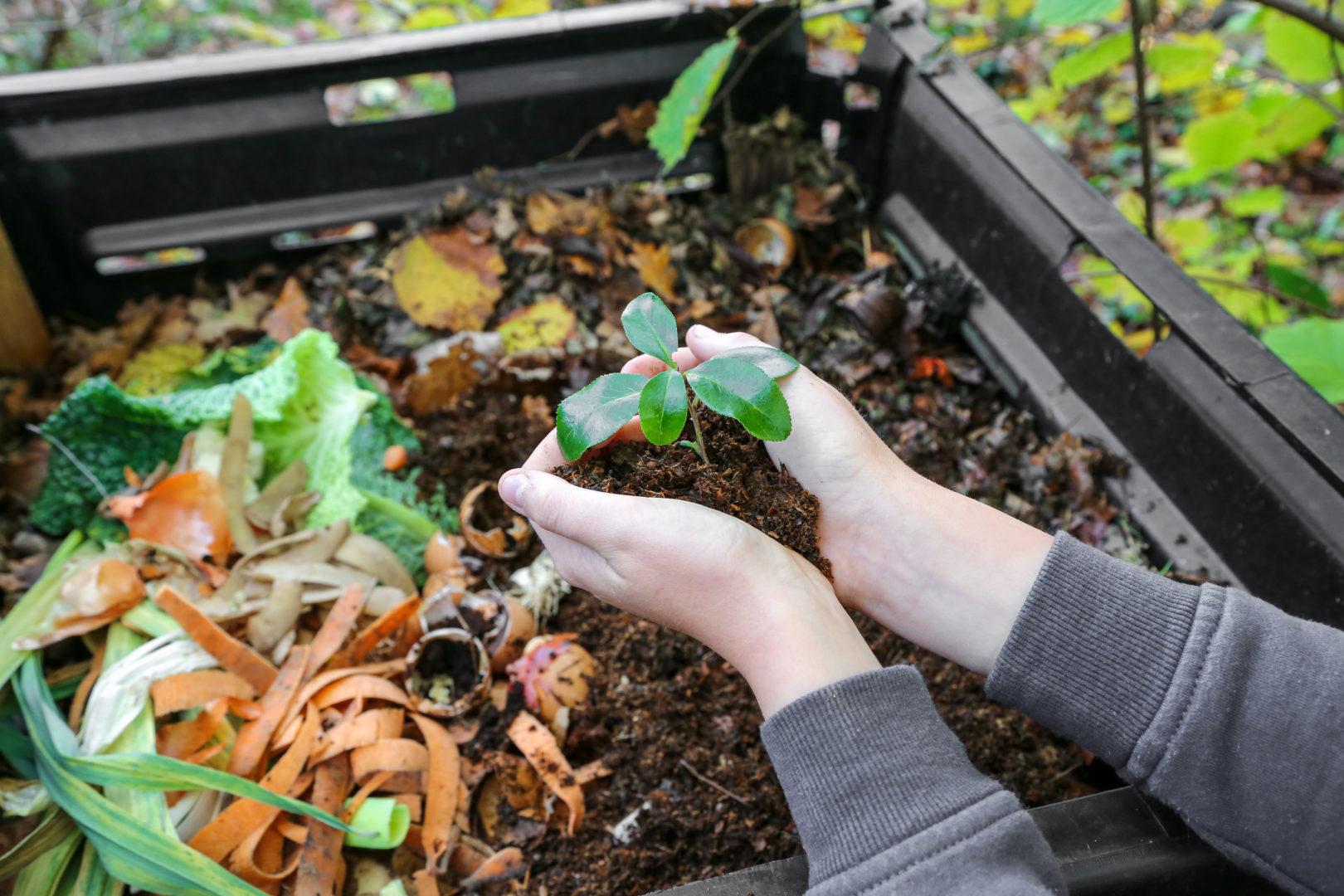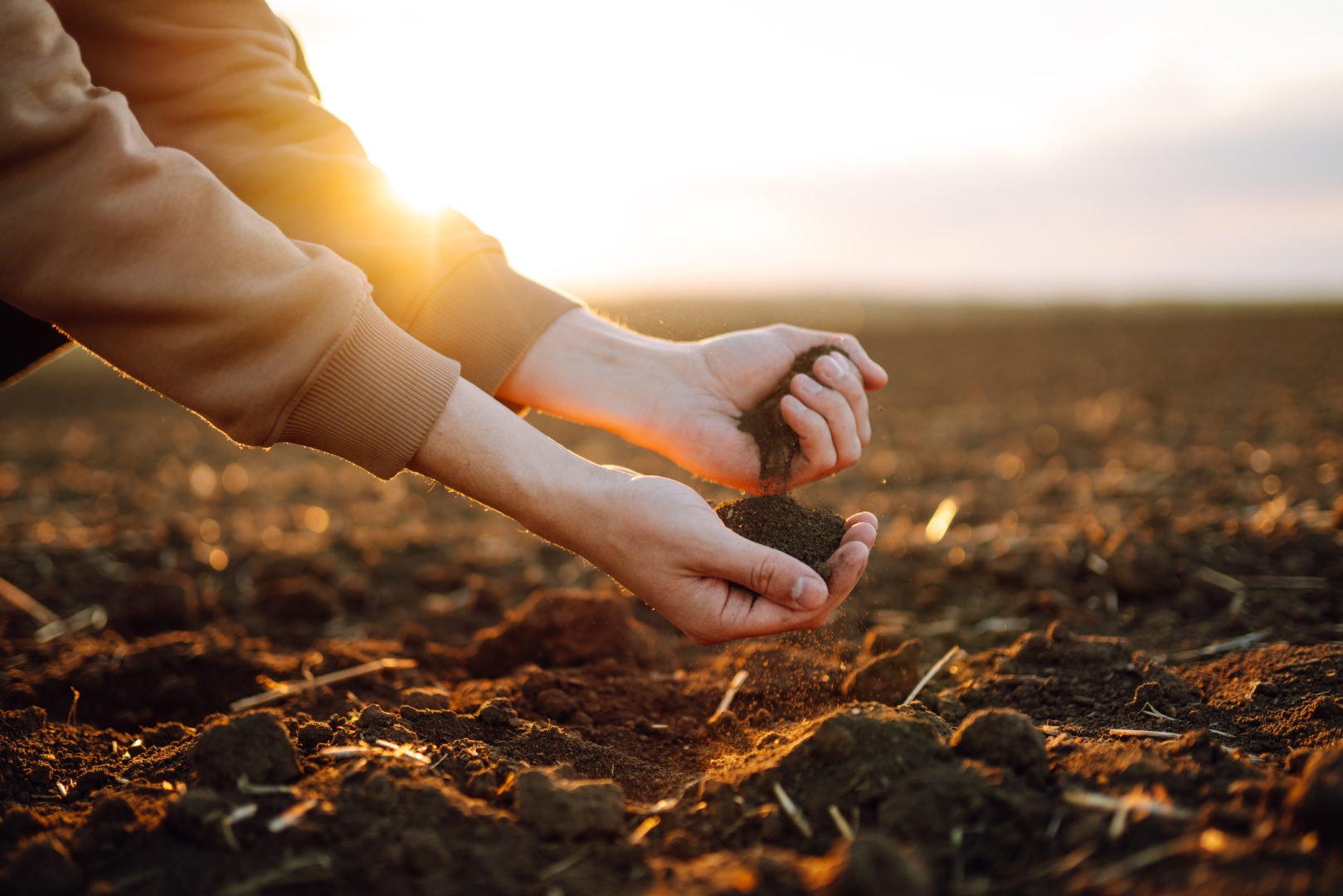The stink of skunk on the family dog, the stench of burnt campfire popcorn, and the odour of a septic tank pump-out—there are undoubtedly some smells that can easily skyrocket a cottage owner’s stress levels. But humans aren’t the only members of the animal kingdom to get stink stress. Researchers from McGill University have uncovered an unusual stink-induced stressor for a certain critter: it turns out that male mice are stressed by the smell of bananas.
“Stress affects almost every biological and and behavioural phenomena,” says the co-author of the study, Dr. Jeffrey Mogil, a professor in the department of psychology at McGill University and the E. P. Taylor Chair in pain studies.
Animals behave differently depending on whether their stress levels are high or low, says Mogil. For scientists whose research includes lab animals like mice, an unknown environmental stressor could end up skewing the results of their experiment.
“I think it’s really important to try to figure out all the stressors and all the confounds we can find so research in the future is better,” says Mogil.
It was students from McGill University who first noticed that male mice were behaving oddly in the laboratory. “I’ve learned over the years that when my students notice something we should follow it up,” says Mogil.
A series of experiments showed that the male mice were reacting to the presence of pregnant and lactating female mice also housed in the laboratory. The main offender for the stress turned out to be a chemical in the urine of the female mice called n-pentyl-acetate.
Male mice are known to kill the offspring of other mice. The researchers think that the n-pentyl-acetate is being used by pregnant and lactating female mice to send an aggressive and stinky message to males: back off.
“This is a new form of social signalling that’s never been described before,” says Mogil. “Mice signal to each other all the time through smell, but there are very few examples of females signalling to males on a topic that doesn’t involve sex. The message here is that there might be a fight.”
N-pentyl-acetate happens to be very similar in structure to isopentyl acetate, the chemical that gives bananas their signature odour. The researchers found that banana oil produced the same stress reaction in male mice as the female urine. “The fact that it’s banana smell that seems to be the most important chemo-signal is funny,” says Mogil.
If you’re hoping the researchers stumbled upon the secret key to halting rodent infestations, think again. The smell only works on male mice, points out Mogil—which isn’t much use if females come around. “We’re certainly not suggesting that anyone try to control mice in their house with bananas,” he says. Best to save your bananas for banana bread.












































































